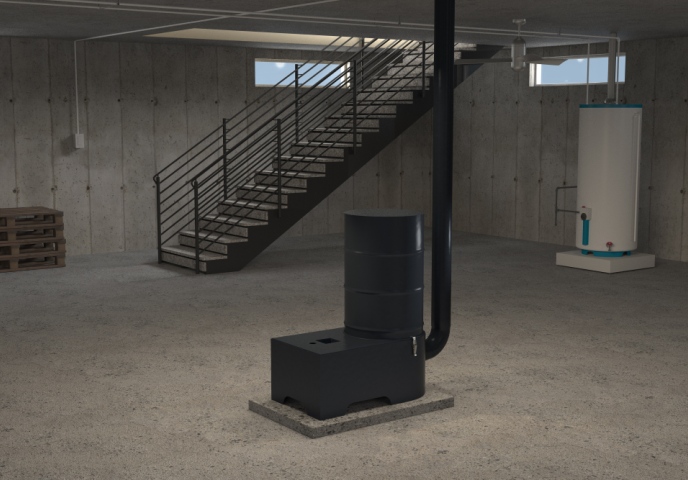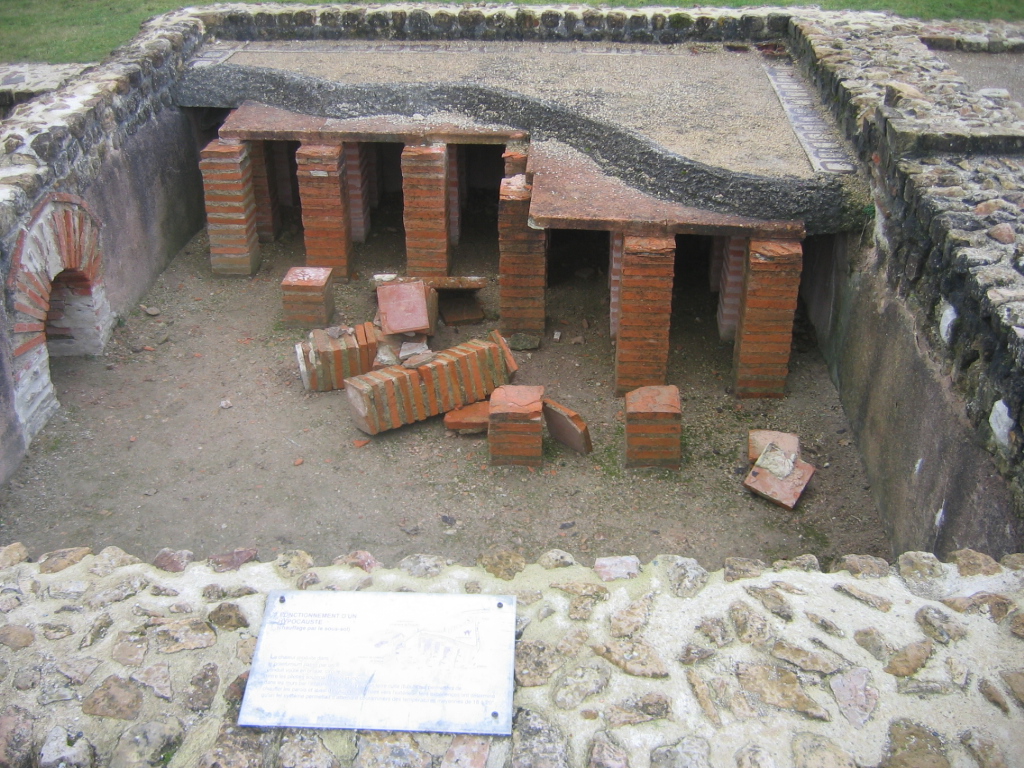4seasons
ArboristSite Guru
After seeing someone post something about a Russian stove in another thread I went on a web search to find out what they were talking about. Now I am very curious about these masonry heaters. They seem to go by many names like Russian oven, masonry stove, ceramic stove, tile stove, kachelofen, Finnish Stove, Swedish Stove etc.... and many designs but the same basic premise of using a hot fast fire to heat some kind of stone or masonry which then radiates heat for hours after the fire has gone out.
So I am left wondering why I have never seen one before. Apparently they have been around much longer than the wood stove and from most of what I have read they are more efficient. Beyond the 3 big drawbacks of size, weight, and cost, I am wondering why they don't seem to be more common.
Now I have several questions to anyone that has one or at least done more research than me.
1. If you actually use one, how do you like it, and what if any problems have you encountered?
2. Many of the designs have the smoke traveling down sometimes even lower than the firebox to exit out the chimney. How does this not create draft problems and build up creosote?
3. All the designs seem to have blind chambers and corners that cant be reached. Do you not get ash and creosote buildup in these areas? If so how do you go about cleaning it out?
4. If you have used both a wood stove and masonry heater in the past, how did they compare on ease of use, maintenance, and wood consumption?
So I am left wondering why I have never seen one before. Apparently they have been around much longer than the wood stove and from most of what I have read they are more efficient. Beyond the 3 big drawbacks of size, weight, and cost, I am wondering why they don't seem to be more common.
Now I have several questions to anyone that has one or at least done more research than me.
1. If you actually use one, how do you like it, and what if any problems have you encountered?
2. Many of the designs have the smoke traveling down sometimes even lower than the firebox to exit out the chimney. How does this not create draft problems and build up creosote?
3. All the designs seem to have blind chambers and corners that cant be reached. Do you not get ash and creosote buildup in these areas? If so how do you go about cleaning it out?
4. If you have used both a wood stove and masonry heater in the past, how did they compare on ease of use, maintenance, and wood consumption?






